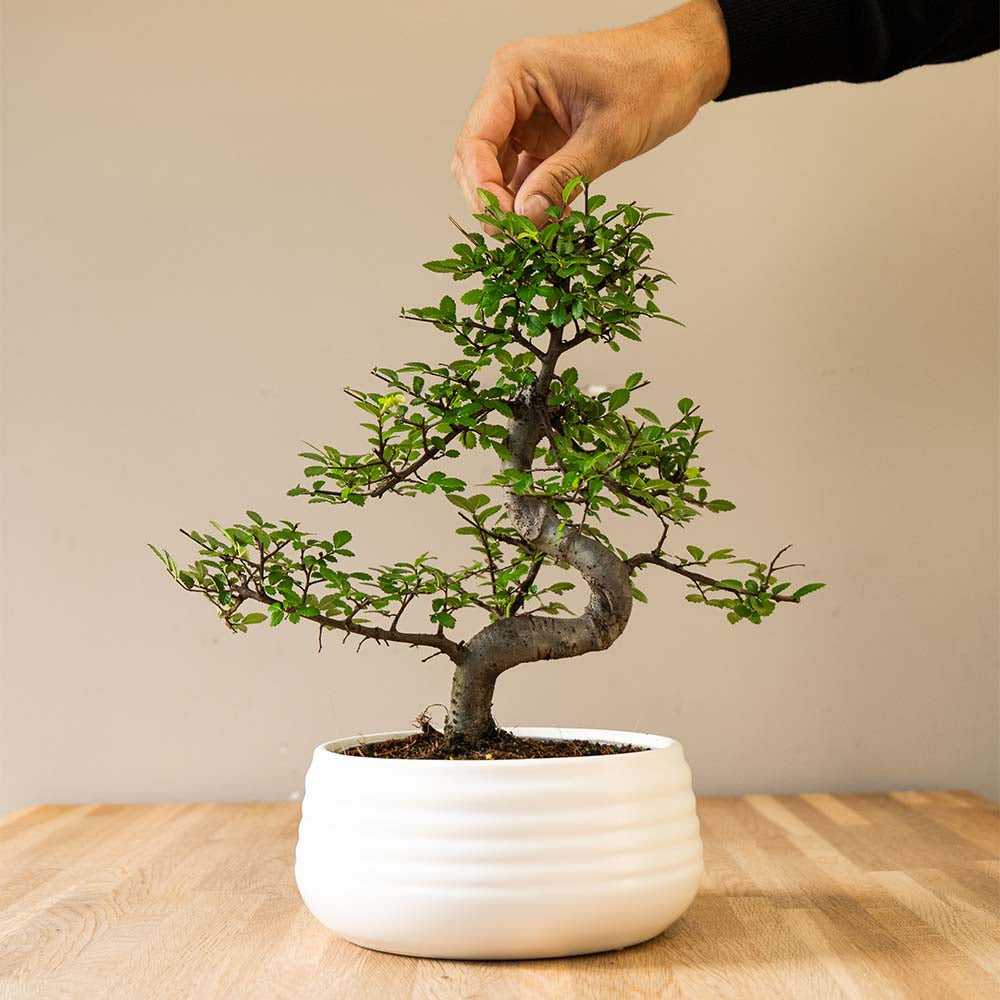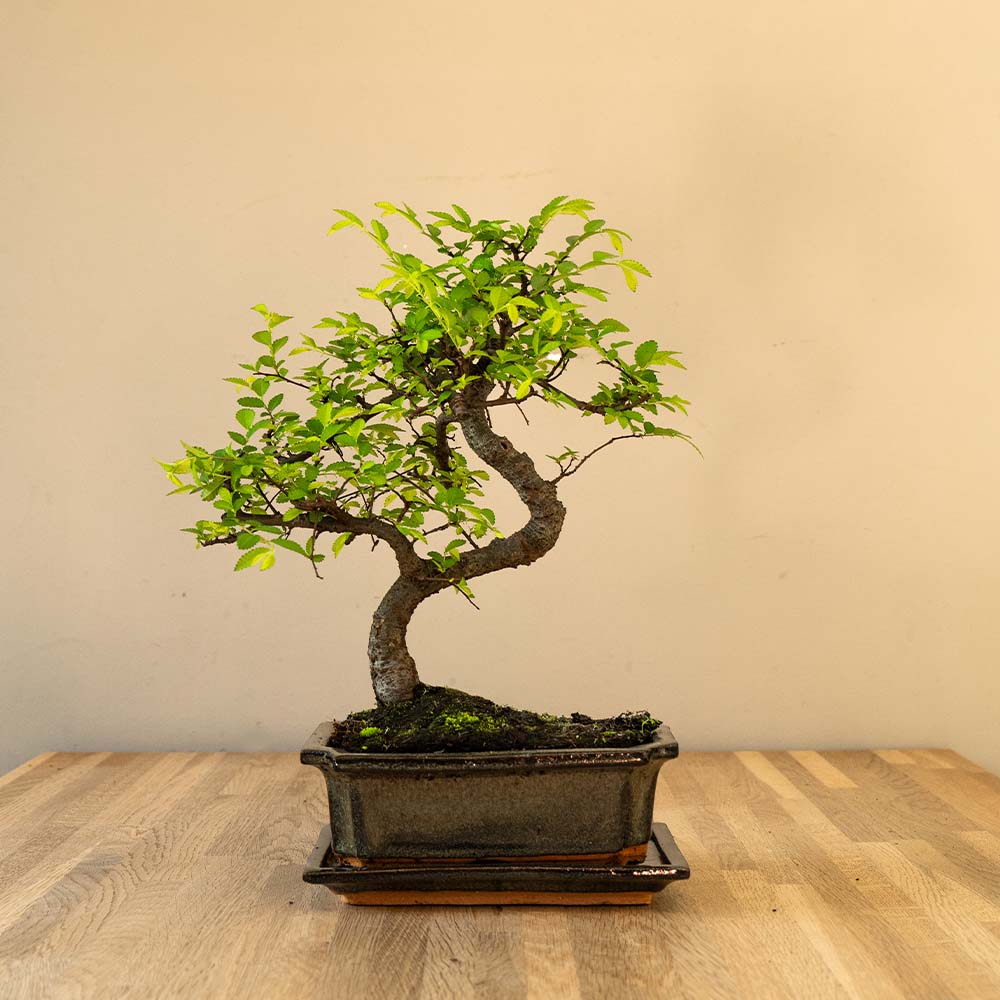The History of Bonsai
The Chinese origin: Penjing
In ancient China, some three thousand years ago, the art of growing trees in pots was introduced by the elite. This art form was known as Penjing , which can be translated as "landscape in a container". In contrast to the rigid forms of modern bonsai, Penjing focused more on creating miniature landscapes, often combining small trees with rocks, water, and sometimes even figures. Penjing not only had aesthetic value, but was also seen as a spiritual and philosophical practice. Its purpose was to capture the grandeur of nature in miniature and to symbolize man's ability to control nature.
Bonsai in Japan: Refinement and Minimalism
Around the 13th century, Japanese Buddhist monks brought Penjing to Japan. Here, the art underwent a major transformation. While Chinese Penjing focused on elaborate landscapes, the Japanese went for simplicity and minimalism. They emphasized individual trees in pots, carefully cultivated to resemble full-sized trees, but in miniature. This refinement led to what we know today as bonsai , which literally means "tree in a pot."
Japanese bonsai are distinguished by their simple, natural aesthetics and are grown with the idea of radiating balance, harmony and tranquility. The Japanese focus on the shape of the tree, with delicate branches and natural lines, has strongly influenced modern bonsai.
The introduction of bonsai in the West
Europeans first encountered bonsai at the end of the 19th century, at world fairs and trade fairs where Japan displayed its culture to the West. Bonsai, with its subtle beauty and deep symbolism, quickly attracted the attention of botanists, artists and lovers of exotic plants.
Interest in bonsai began to grow, and by the early 20th century, societies and clubs dedicated to the art of bonsai had sprung up in Europe and North America. This art form spread further by the early 1950s, especially after World War II, when American soldiers returned from Japan and brought back bonsai as souvenirs.
The modern popularity of bonsai
In the past decades, bonsai has become a worldwide phenomenon. It is no longer considered just an exotic art form, but also a way of life, where patience, care and love for nature are central. Due to increasing globalization and digitalization, bonsai techniques and knowledge have become more accessible to a wide audience. Today, there are numerous bonsai exhibitions, competitions and workshops all over the world, and the art of bonsai is practiced by both hobbyists and professionals.
Conclusion
Bonsai is an art form with deep roots in Chinese and Japanese culture, which has withstood the test of time and evolved over the centuries. What began as Penjing in ancient China, was refined by the Japanese into a minimalist art form that embodies the harmony and power of nature. Today, bonsai continues to fascinate people worldwide, and the small potted trees are a symbol of patience, creativity and the bond between man and nature.

























